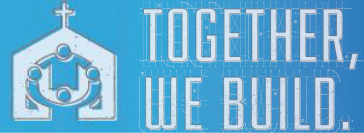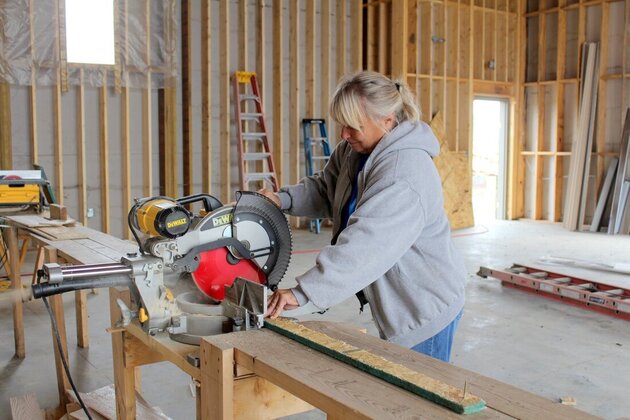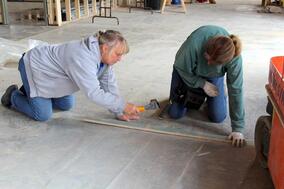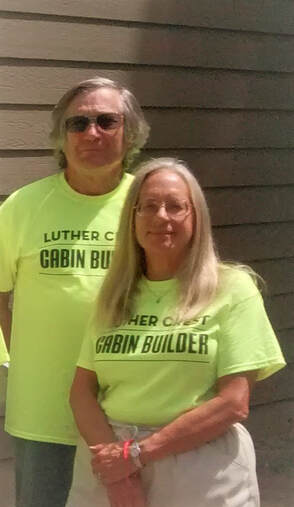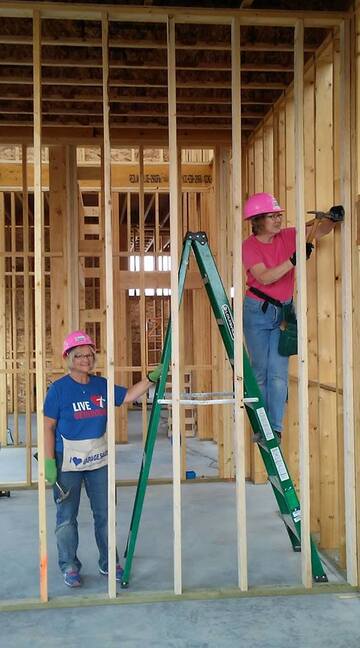Roles of the Mission Builder Spouse
The spouse is a very important part of the Mission Builder organization. Following are three roles that have been defined to help clarify the expectations of a spouse. These are just loose definitions, but we want you to have an idea of what you might choose to do at a Mission Builders project. The level of involvement in group activities is up to you. You may have limitations or obligations that keep you from being involved as described below, and that is just fine! Each Mission Builder couple or single is expected to lead devotions periodically, usually for one week increments during the project. Each spouse is expected to help set up and clean up breaks, also on a rotating schedule, if physically able to do so. Otherwise, you are free to choose how you spend your time. We want you to enjoy your time on the project. The Manager’s Spouse is always available for questions and support.
- Support Volunteer – A Support Volunteer doesn’t usually work on the building crew, but instead helps set up breaks and meals, makes sure the crew has water, takes photos to document the project, helps the Manager’s spouse with thank-you notes, or finds other ways to help around the church, camp, or community. Examples might be quilting with the Lutheran World Relief group at the congregation, helping with kitchen or laundry duties at a camp, or volunteering at a food bank, shelter, or hospital in the community. These volunteer opportunities can be based on a person’s interests or skills and may require some advanced research. A service project might be identified, and all the interested spouses can work on it together. Your level of involvement in these activities is totally up to you. A Construction Volunteer might also perform unskilled work on the jobsite, such as sweeping, picking up trash, or picking up nails (these are jobs any of the roles - Support Volunteer, Construction Volunteer, or Rostered Builder - would do as needed).
- Construction Volunteer – A Construction Volunteer will either work a regular schedule of any number of hours, up to 40 hours per week OR will be available as an “as needed” volunteer. Someone in this role will be working alongside the crew and will be a part of it during that time, will having some building skills and willingness to learn. It helps the Manager and Foreman with planning the work assignments to know that a volunteer will be there at specific times, or how many hours that volunteer is willing to work. Flexibility is a key part of this – if the congregation has a large number of volunteers for limited jobs, a Construction Volunteer should step back and let them do the work, or if additional help is needed at certain times, the person in this role can work more hours, as indicated by the Manager or Foreman. A spouse in this role part-time might also serve in the Support Volunteer role, when they are not working on the project. There will be some overlap between these two roles.
- Rostered Mission Builder – A Rostered Mission Builder commits to working full time, will be paid minimum wage, will be one of the crew, working alongside the other builders. This is important when assigning builders to certain projects, as specific numbers are needed (and budgeted) for each job. Someone in this role should have some building skills and be willing to learn, just as would be expected from any Mission Builder.
Vickie Harris
|
I came to Mission Builders with very few building skills and a healthy fear of heights. Being a rostered worker allowed me the time and experience to learn new skills and overcome my fear of heights. I learned how to use a skill saw, a chop saw, a hammer drill, and a driver to name a few. Scaffolding and ladders no longer terrify me. Working alongside of my husband, Mission Builders, or volunteers has been life-changing. But, the best part, for me, has been the joy of giving.
|
Baily Johnson
|
Bailey Johnson of Mariaville, Maine, accompanies her husband, Richard, to Mission Builder projects. Bailey, a retired hospice nurse, says, “When I was at the project at Bethel Lutheran Church in Great Falls, Montana, I researched the city and learned there was a hospice facility there. I applied to volunteer, had my credentials sent, and was approved to volunteer before I arrived on site. I was able to start the week after we arrived and volunteered 1 to 2 mornings a week. This provided me with the opportunity to meet new people in the community, and to volunteer in a field that used my skills and helped to fulfill my needs and interests.”
|
Sue Ost & Chris Dyess
Sue Ost of Havre, Montana, and Chris Dyess of Seguin, Texas, are building a wall in the new Synod House in Great Falls, Montana. Sue and Chris both enjoy the role of Construction Volunteer. “Working part-time on the building helps me feel connected to it,” says Sue, “but still leaves time for other volunteering and my own projects.”
